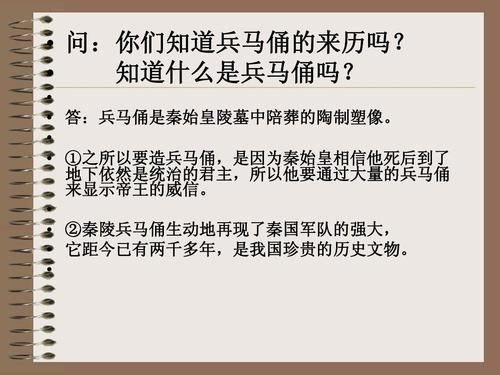
Why Was the Terracotta Army Buried?
The Terracotta Army is one of the most iconic archaeological discoveries of all time, captivating millions with its sheer scale and intricate artistry. But the question remains: why were thousands of life-sized terracotta soldiers, chariots, and horses buried alongside Qin Shi Huang, the first emperor of China?
Protecting the Emperor in the Afterlife
The Terracotta Army wasn't simply a display of imperial might; it served a deeper, spiritual purpose. The ancient Chinese believed in an afterlife that mirrored the earthly realm. Qin Shi Huang, obsessed with immortality and maintaining his power even in death, had the army built to:
- Serve as Guardians: The sheer number and imposing presence of the soldiers were meant to deter any spirits or enemies that might threaten the emperor's afterlife peace.
- Replicate Earthly Power: Just as the emperor commanded vast armies in life, he would need a loyal and powerful force to protect and serve him in the afterlife. The Terracotta Army was a symbol of his continued authority in the spiritual realm.
- Provide for His Needs: The inclusion of chariots, horses, and various other figures suggests a desire to furnish the emperor with everything he might need in the afterlife, reflecting the ancient Chinese practice of burying goods for the deceased to use in the next life.
Reflecting Qin Shi Huang's Ambitions
The creation of the Terracotta Army was a massive undertaking, requiring decades of labor from thousands of artisans and laborers. This reflects several key aspects of Qin Shi Huang's reign:
- Unprecedented Ambition: The emperor's desire to conquer and unify China was mirrored in the scale and ambition of the Terracotta Army project. It stood as a testament to his power and a symbol of his desire to control even the afterlife.
- Belief in Immortality: Qin Shi Huang was obsessed with finding the elixir of immortality. The creation of the army suggests that he envisioned an afterlife where he could continue to rule, necessitating an army for protection and expansion.
- Display of Power and Wealth: The Terracotta Army was not just a practical measure; it was also a powerful symbol of the emperor's wealth and might, intended to awe anyone who laid eyes upon it, in life or death.
A Legacy of Belief and Artistry
The Terracotta Army remains a poignant reminder of the ancient Chinese beliefs surrounding death and the afterlife. It stands as a testament to the skills of the artisans who, with incredible detail, captured the military might and cultural nuances of Qin Shi Huang's era.
Q&A
- **Q: When was the Terracotta Army discovered?**
**A:** The first figures of the Terracotta Army were discovered in 1974 by farmers digging a well near Xi'an, China. - **Q: Are the soldiers in the Terracotta Army all identical?**
**A:** No, each soldier is unique, with individual facial features, hairstyles, armor, and even expressions, showcasing the artistry of the craftsmen. - **Q: How many soldiers are estimated to be in the Terracotta Army?**
**A:** While excavations continue, it is estimated that over 8,000 soldiers, 130 chariots with 520 horses, and 150 cavalry horses are buried within the complex.